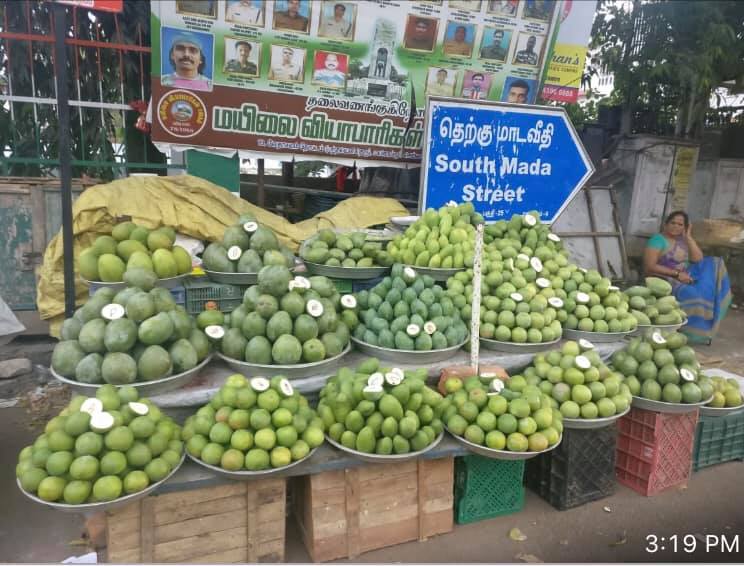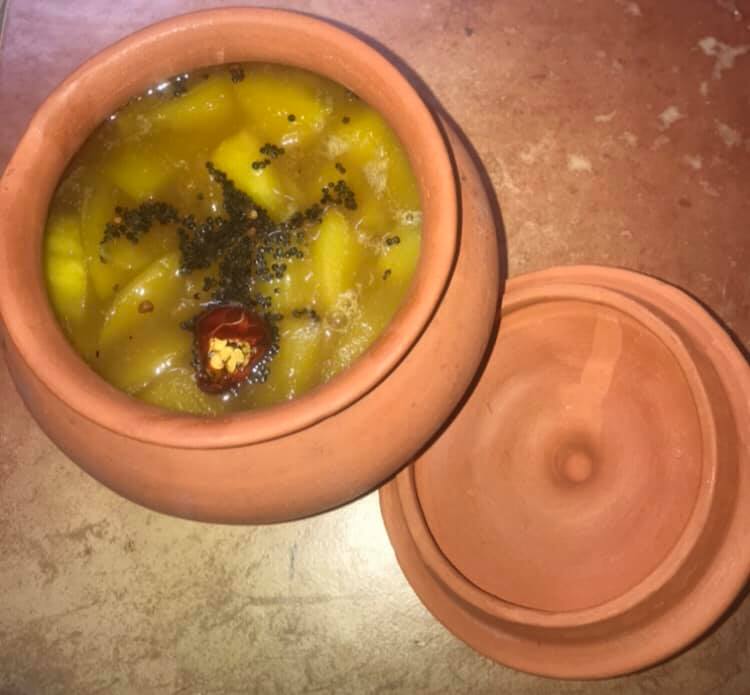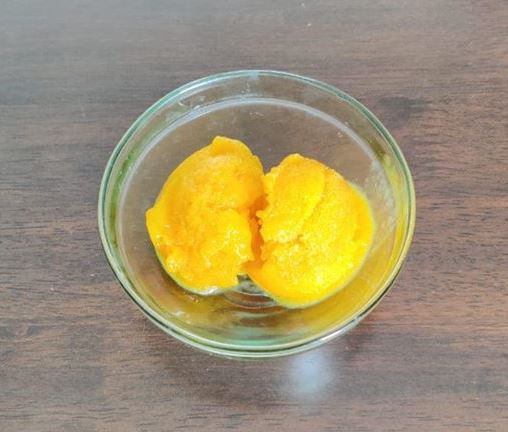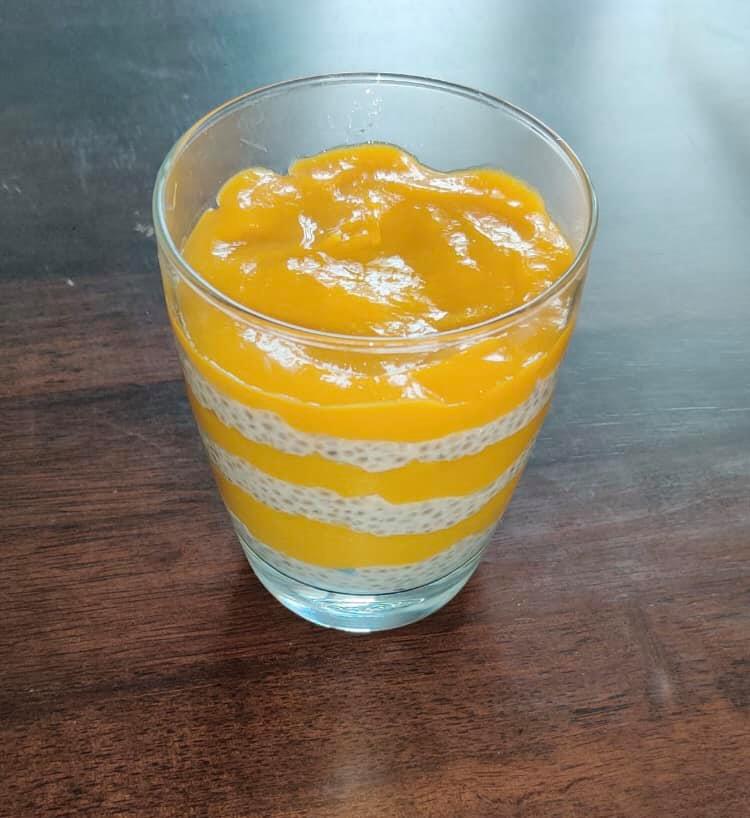The Puranas have made many references to it. In the Mahabharata, Jarasandha, crown prince of Magadha was born as a result of a mango blessed by a sage and shared by both his mothers. Kalidas has paid tribute to the sweet smelling mango blossoms that herald the arrival of Vasanta Ritu or Spring, as has Sangam literature. Ghalib has written poems on it and Amir Khusro has called it the fairest fruit of Hindustan. With all this divinity and importance the mango has been associated with, we who are fortunate enough to enjoy different varieties of this fruit for almost six months of each year are almost blasé about it.
Aside from our mythology, literature, rituals and cultural traditions, the mango fruit (raw and ripe) is an integral part of our culinary traditions too. From the small வடு மாங்காய் (baby pickling mangoes) and ஆவக்காய் (another variety of pickling mangoes) to the hundreds of varieties of ripe fruits, the mango does reign supreme.
When we lived in Delhi, we could not get வடு mangoes for pickle making but my mother would get ஆவக்காய் mangoes and make pickles to last the whole year. Since this pickle is made with mangoes cut into pieces along with the shell of the seed, the mango vendors would cut the pieces for you.

Early in the season (April) the Alphonso mangoes would arrive in Delhi in crates from Bombay. And of course, once the Dussehri or Lucknow mangoes (चूसने वाला आम) would appear in the market, we would sit down each night after dinner as a family, with a huge bowl filled with water in which these mangoes would be bobbing around and each one of us helping ourselves to our hearts content. These mangoes would have to be squeezed carefully and the juice sucked out. My mother would insist on a glass of milk for all of us before we hit our beds in the rooms cooled with a khus khus or vetiver cooler. Ah, those were the days!


It is a slightly different scene in Chennai where, starting from March each year, the வடு mangoes arrive in the markets from different places like Coimbatore, Madurai etc. and each variety having its own aficionados. The arrival of the ஆவக்காய் mango heralds the end of the வடு season. Households would get busy making the different pickles with each family claiming to have the most authentic recipe for the same. My favourite among the pickles is the எண்ணெய் மாங்காய் (mango in oil) made with dried mango. This pickle always evokes memories of Srirangam where my grandmother or aunts would give us தயிர் சாதம் (yogurt rice) at night in our palms and each one of us would have a banana leaf with this pickle in front of us, that we would eat with the rice she placed on our palms.


I have so many mango memories associated with Srirangam. During our summer vacation at Srirangam, my grandmother who had a Malgova mango orchard would oversee the mangoes coming to the house from the orchard in a bullock cart. My mother and aunts, under my grandmother’s eagle eye would transfer the mangoes carefully to the பர்ன் or attic where straw would already have been laid out. The mangoes would be arranged by grade and ripeness so that they could be accessed easily. Sometimes we would be allowed to go to the orchard and would be hungrily eyeing the mango laden trees, all the while hopping around trying to avoid the huge ants that were crawling all over the place. Occasionally, my grandmother would surreptitiously hand over a huge mango each to us Delhi kids and tell us “யாருக்கும் தெரியாமல் ஓசை போடாமல் புழைக்கடை பக்கம் போய் சாப்பிடுங்கோ”, ie. without any one knowing and without making any noise go to the back side of the house and eat. She did that because we didn’t get Malgova in Delhi but do you think we could hide it from our cousins? The mangoes were so huge that it wouldn’t fit into two palms! Needless to say, we were not very popular with our cousins when that happened.


With varieties like Alphonso, Dussehri, Langra, Malgova, Imam pasand, Banganapalli, Rumani, Neelam and hundreds of others, each from a different part of the country and each available at a specified time during the summer, we can enjoy mangoes starting from March/April to almost the end of August.
And in all of this mango mania, let us not forget the delicacies that we make through the summer with mangoes. From the Sangam era we have the mukkani payasam (made with mango, jackfruit and banana), North Indian preparations like the panna, sweet chutney and pickles, South Indian delicacies like raw mango pachadi, mango rasam, mor kuzhambu, sambar, pickles, thokku, not to mention the ice creams, cakes and the list goes on and on.
It is indeed befitting that the mango is known as the king of fruits.
